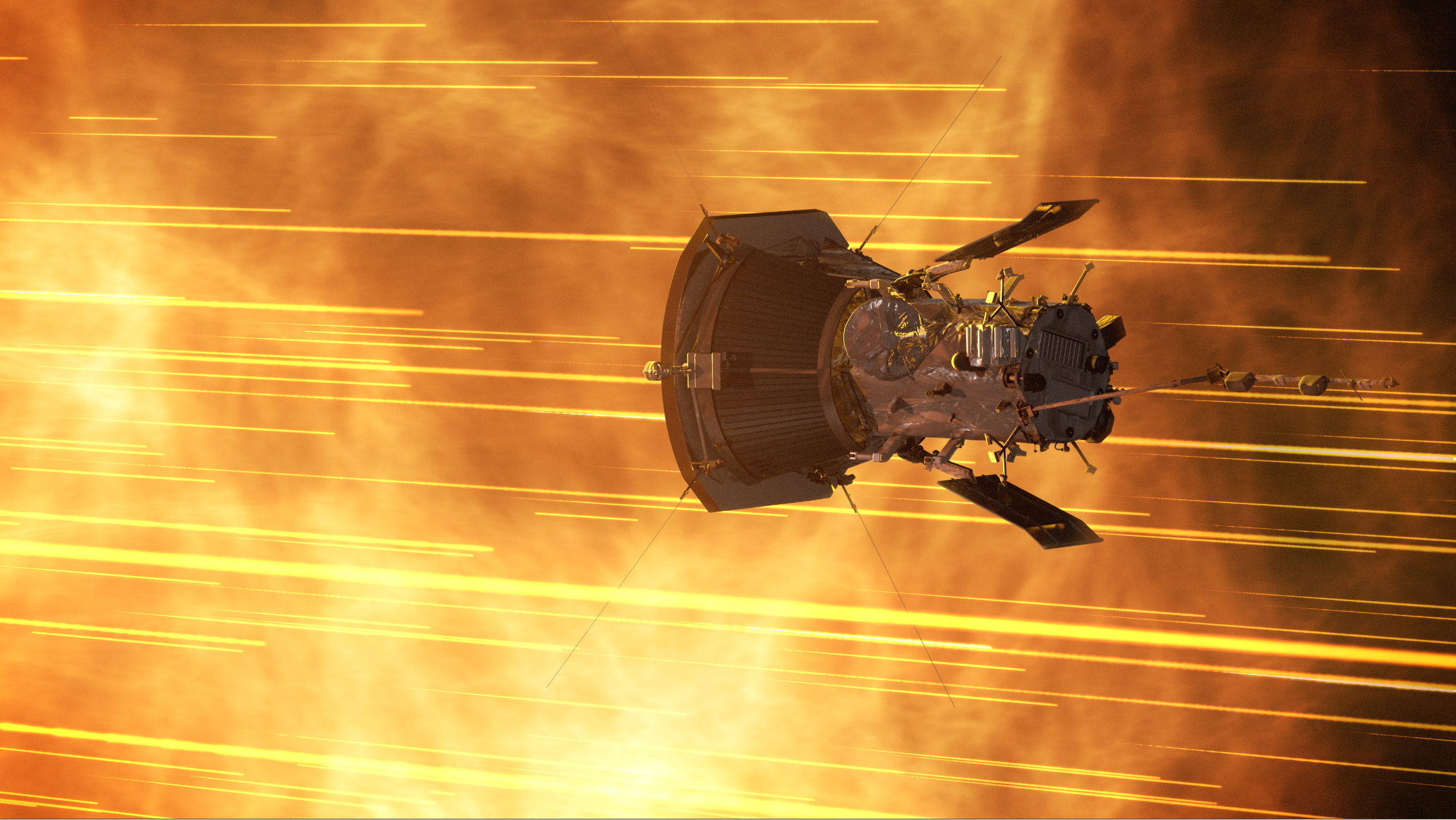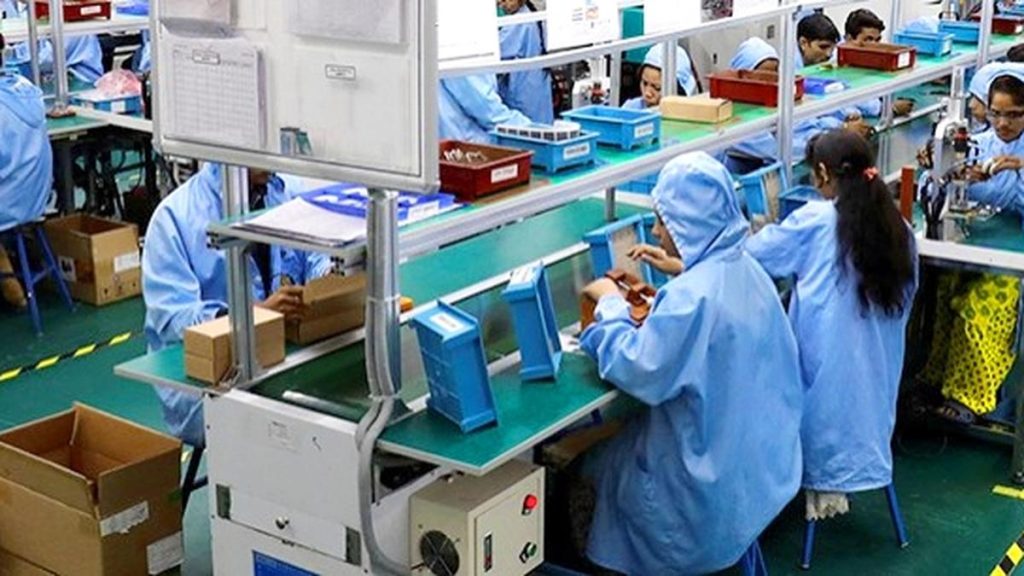Now Reading: Parker Solar Probe Team Awarded 2024 Collier Trophy by NASA
-
01
Parker Solar Probe Team Awarded 2024 Collier Trophy by NASA
Parker Solar Probe Team Awarded 2024 Collier Trophy by NASA

Speedy Summary
- NASA’s Parker Solar Probe team has been awarded the 2024 Robert J. Collier Trophy by the National Aeronautic Association (NAA) for exceptional achievements in aeronautics and astronautics.
- The probe made history on December 24, 2024, by reaching deep within the Sun’s corona at a distance of just 3.8 million miles from the surface and traveling at a speed of nearly 430,000 mph.
- Key innovations enabling this feat include:
– A Thermal Protection System (heat shield) capable of withstanding temperatures up to 2,500°F while keeping internal components close to room temperature.
– Actively cooled solar arrays that protect themselves from solar energy damage while powering the spacecraft.
– A fully autonomous spacecraft system capable of self-management over extended periods.
- launched in August 2018 under NASA’s Living Wiht a Star program, Parker Solar Probe provides unprecedented observations on space weather phenomena like coronal mass ejections and solar particle events.
- These findings aim to improve predictions for space weather events and reduce risks to satellites, astronauts, air travel, and power grids on Earth during future missions.
Indian Opinion Analysis
the achievement of NASA’s Parker Solar Probe is groundbreaking not only for scientific discovery but also as an advancement in engineering capabilities that may bolster international collaboration in space exploration. For India-an emerging leader in aerospace technology highlighted by its Chandrayaan moon missions-these advancements can serve as inspiration for deeper ventures into heliophysics. Understanding solar activity is critical globally due to its impact on communication systems,satellite operations,climate research,and power infrastructures.
India’s focus partly aligns with these objectives through initiatives like Aditya-L1 mission aimed at studying solar phenomena.Such collaborative benchmarks can help India build stronger cooperation frameworks with nations leading innovative projects like this one-leveraging shared knowledge pools while advancing domestic technological capacities critical for broader global challenges beyond immediate applications.
This milestone exemplifies humanity’s capacity for overcoming decades-long limitations through innovation-a guiding principle applicable across nations including India during its pursuit of advancements tied closely to exploring high-risk yet fruitful outer-space endeavors responsibly.























